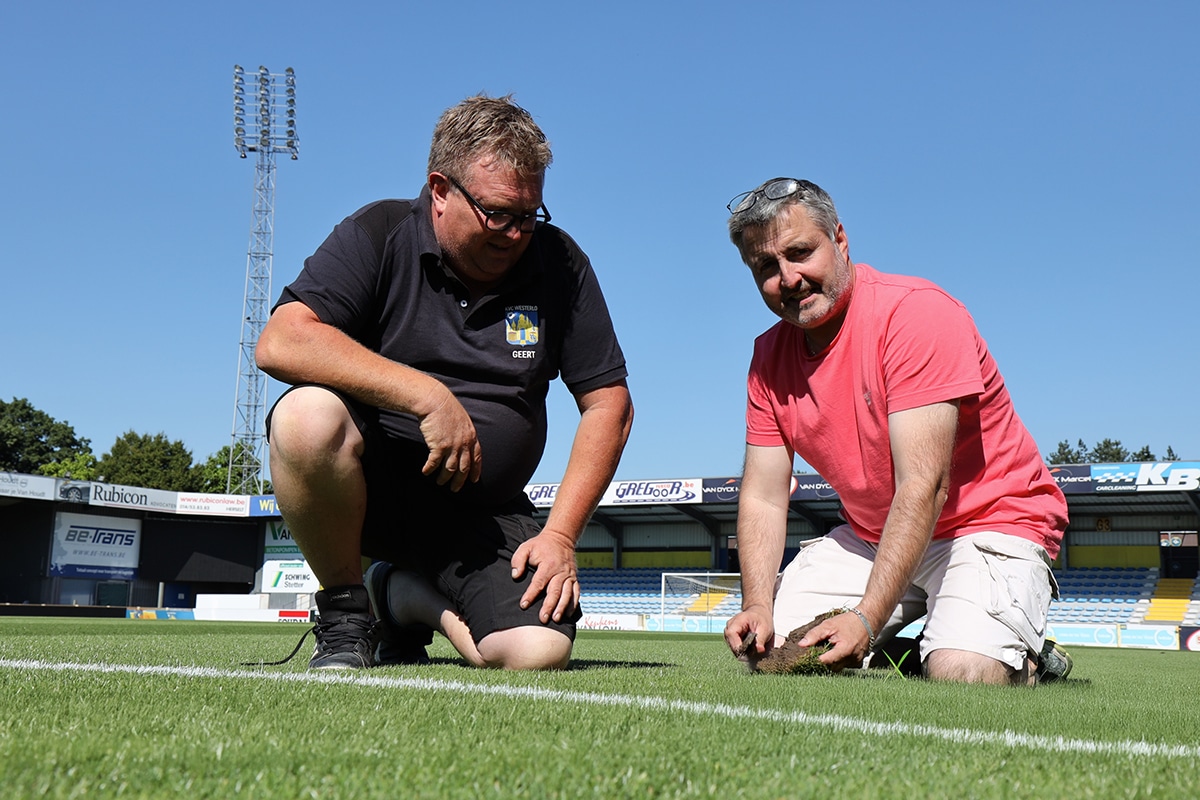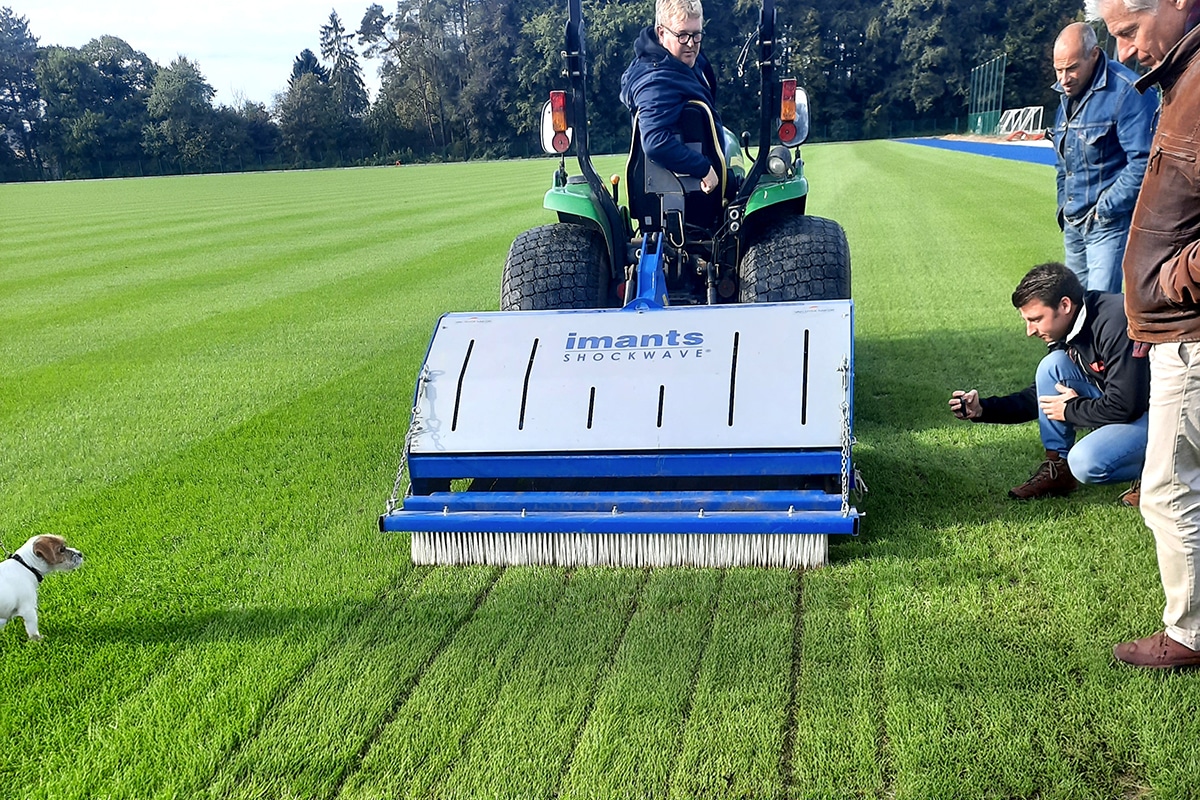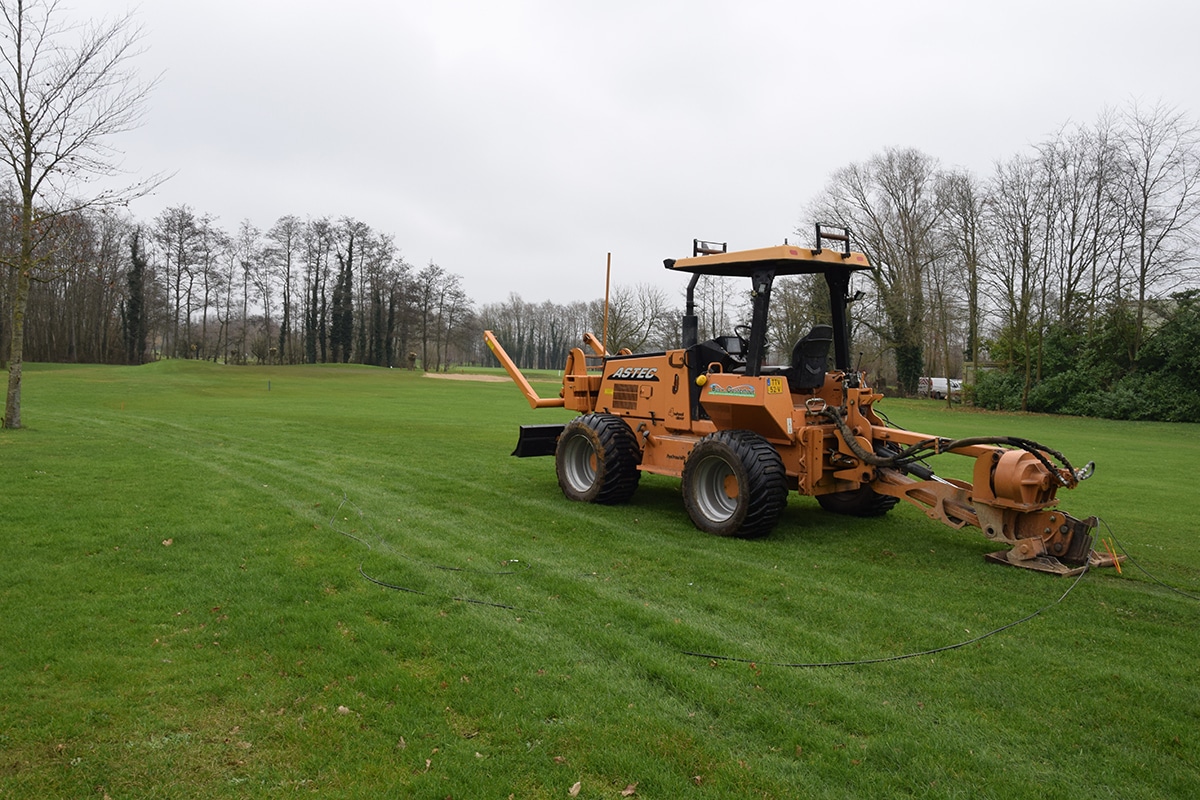
How do you future-proof job management?
Six greenkeeping trends for 2025
At the beginning of the season, it makes sense to take a step back and look at the bigger picture. New technology, stricter regulations and changing climate conditions require a fresh look at maintenance, budget and playing quality. The six trends below show where greenkeepers and decision makers can create the most impact in 2025.
1. Electric equipment is becoming mainstream
Battery-powered mowers and transport vehicles now come with powers and operating times that can handle daily maintenance. In addition to lower emissions and lower noise levels, the reduced maintenance requirements play a particular role: no engine oil, no fuel filters, less wear and tear. What is important, however, is to organize charge management. Consider a centralized charging schedule and sufficient electrical connection points around the shed and track. An incremental introduction - first for short-cycle tasks such as greening or tar tilling - helps spread peak load and investment costs.
2. Autonomous mowing technology is advancing
GPS- and radar-guided robots are rapidly shifting from rough to fairway management. They are constantly working within virtual boundaries, applying thousands of small cuts per day, reducing stress on the grass. For the greenkeeper, the work shifts toward supervision, maintenance and route planning. Safety remains crucial: clear no-go zones and a flawlessly configured geofencing system prevent incidents with players or wildlife. Experience shows that starting on less critical surfaces (e.g. semi-rough) provides a safe learning opportunity for staff and board alike.

3. Carbon- and soil-based fertilization.
Input costs rise, while chemical pressure must fall. Fertilizers with high organic carbon content support soil life and bind nutrients, reducing leaching risk and making turf more resilient. Many jobs therefore combine a lighter NPK program (nitrogen/phosphorus/potassium) with periodic application of soil conditioners or liquid biostimulants. To measure effect, a simple baseline measurement of organic matter content, pH and CEC (cation exchange capacity) is sufficient. A fixed monitoring cycle makes it easier to make timely corrections.
4. Data-driven irrigation and water reduction.
Moisture and temperature sensors, coupled with weather forecasts, control irrigation pumps with increasing precision. Results indicate water savings of up to a third and a demonstrably healthier root zone due to fewer extremes in soil moisture. Investment usually starts with a pilot on the greens: one receiver, several wireless probes and a link to the existing control software. If the data become reliable, then the hardware can be extended to tees and fairways. Additional profit lies in combining it with pressure-controlled pumps and variable nozzle technology.
5. Labor shortages require smart planning
With an aging population and competition from other sectors, the number of available greenkeepers continues to decline. Digitization provides a foothold: job and machine scheduling software makes work stocks transparent, links hours to costs, and helps set priorities. In addition, the focus is shifting from pure execution to skills such as data interpretation, maintenance of electric drive trains and programming of autonomous units. Clubs that invest in their own training programs - in partnership with local training centers - have been found to keep staff turnover the lowest.

6. Biodiversity and ESG reporting.
Permits, subsidies and member expectations place increasing emphasis on measurable ecological performance. Golf courses are therefore focusing on flowered rough strips, minimal pesticide inputs and water buffer zones. Digital habitat maps and periodic biodiversity counts form the basis for reporting in Environmental, Social & Governance (ESG) reports. Practical benefit: visible eco-management strengthens reputation and can generate new partnerships, for example with wildlife organizations or local governments. It pays to choose one or two clear KPIs - such as percentage pesticide reduction or number of species values - and communicate them consistently.
Conclusion
Electrification, automation, soil improvement, precision water, staff development and biodiversity together form a framework for future-proof course management. By starting one pilot project at a time and making results measurable, a club can make targeted investments and scale up step by step. This keeps the quality of play high and the board prepared for the challenges of tomorrow.




